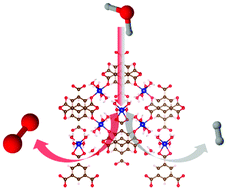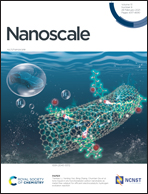Bifunctional PGM-free metal organic framework-based electrocatalysts for alkaline electrolyzers: trends in the activity with different metal centers†
Abstract
In order to solely rely on renewable and efficient energy sources, reliable energy storage and production systems are required. Hydrogen is considered an ideal solution as it can be produced electrochemically by water electrolysis and renewably while no pollutants are released when consumed. The most common catalysts in electrolyzers are composed of rare and expensive precious group metals. Replacing these materials with Earth-abundant materials is important to make these devices economically viable. Metal organic frameworks are one possible solution. Herein we demonstrate the synthesis and characterization studies of metal benzene-tri-carboxylic acid-based metal–organic frameworks embedded in activated carbon. The conductive composite material was found to be electrocatalytically active for both the oxygen evolution reaction and the hydrogen evolution reaction. Furthermore, several metal organic frameworks sharing the same ligand but with different first-row transition metals (M = Co, Cu, Fe, Mn) were compared, and the trend of their activity is discussed. Cobalt was found to have the highest activity among the studied metal centers, and therefore has the best potential to serve as a bifunctional catalyst for alkaline electrolyzers.



 Please wait while we load your content...
Please wait while we load your content...